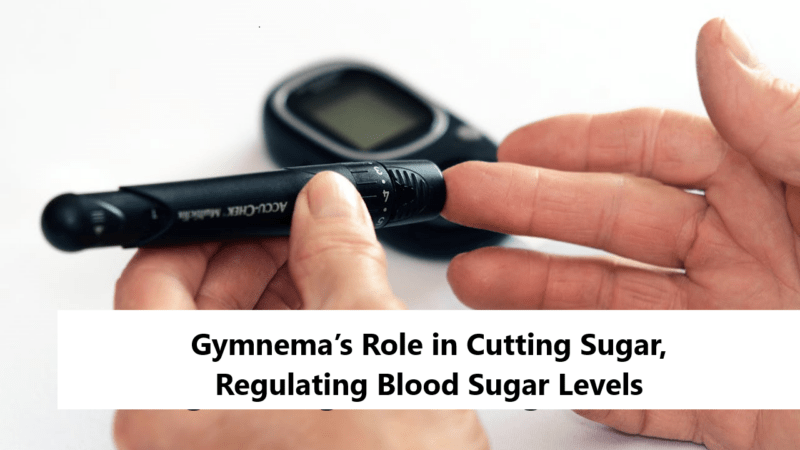Navigating Journey of Parkinson’s Disease Through Awareness, Education

April marks Parkinson’s Awareness Month, a time to shine a light on this progressive neurological condition that affects movement. It’s crucial to recognize the symptoms and understand the various stages of Parkinson’s disease to empower ourselves and others to seek timely diagnosis and support.
Are you aware? Parkinson’s disease is a progressive neurological disorder that mainly affects movement. According to Dr. Pankaj Agarwal, Head of the Department of Neurology at Gleneagles Hospital Parel Mumbai, the most common symptoms include tremors or involuntary shaking in the hands, arms, legs, jaw, or head. These tremors can disrupt daily activities and impact quality of life. Another common symptom is bradykinesia, or slowness of movement, making it difficult to initiate movement and slowing walking speed.
As Parkinson’s progresses, it can also lead to memory loss, difficulty concentrating, depression, anxiety, sleep disturbances, and fatigue. Managing both motor and non-motor symptoms effectively is crucial for enhancing overall well-being. Timely intervention and treatment tailored to the symptoms and stage of the disease are essential.
Let’s delve into the various stages of Parkinson’s disease:
Mild Disease: In the initial phase, individuals may experience mild symptoms that don’t significantly affect daily activities. Common symptoms include tremors and movement difficulties primarily affecting one side of the body. Fortunately, medications are available to alleviate these early symptoms efficiently.
Disease Progression: Muscle Stiffness and Posture Issues: As the disease progresses, symptoms like tremors, stiffness, trembling, and abnormal facial expressions become more pronounced. Muscle stiffness and posture issues can make completing tasks difficult and lead to back and neck pain. While individuals in this stage can usually live independently, they may struggle with daily activities due to their symptoms.
Advanced Parkinson’s Disease: In the advanced stages, individuals may experience diminished reflexes, balance impairment, and increased falls. Movement difficulties become more pronounced, and motor skills are significantly affected. Many may require walking aids, and daily activities become increasingly challenging.
Advanced Parkinson’s Disease Stiffness Stage: At this advanced phase, extreme stiffness in the legs can make standing or walking impossible, increasing the risk of accidents. Unfortunately, many individuals in this stage become wheelchair-bound.
Also Read: Integrating Non-Communicable Disease Management in Pandemic Preparedness
By tailoring interventions to target specific symptoms, experts can help maximize the quality of life for patients with Parkinson’s disease. Awareness, understanding, and timely intervention are key in the journey to managing this complex condition.
Q&A
Q: What is Parkinson’s Awareness Month, and why is it significant?
A: Parkinson’s Awareness Month, observed in April, is dedicated to raising awareness about Parkinson’s disease, a progressive neurological disorder that affects movement. It’s essential because increased awareness can lead to early detection, better understanding, and support for individuals living with Parkinson’s and their families.
Q: What are the common symptoms of Parkinson’s disease?
A: Common symptoms of Parkinson’s disease include tremors or involuntary shaking in the hands, arms, legs, jaw, or head; slowness of movement (bradykinesia); muscle stiffness; difficulty with balance and coordination; and changes in posture and facial expressions. Additionally, individuals may experience non-motor symptoms such as memory loss, difficulty concentrating, depression, anxiety, sleep disturbances, and fatigue.
Q: How does Parkinson’s disease progress through different stages?
A: Parkinson’s disease progresses through various stages, starting with mild symptoms that may not significantly impact daily activities. As the disease advances, symptoms become more pronounced, leading to difficulties with movement, muscle stiffness, posture issues, and increased falls. In the advanced stages, individuals may experience extreme stiffness in the legs, making standing or walking impossible, leading to wheelchair dependence.
Q: What interventions are available to manage Parkinson’s disease symptoms?
A: Treatment for Parkinson’s disease focuses on managing symptoms and may include medications, physical therapy, occupational therapy, speech therapy, and lifestyle modifications. Additionally, healthcare professionals may recommend surgical interventions such as deep brain stimulation (DBS) for individuals who do not respond well to medication.
Also Read: World Parkinson’s Day and the Fight Against the Disease
Q: How can individuals and communities raise awareness about Parkinson’s disease during Parkinson’s Awareness Month?
A: There are several ways individuals and communities can raise awareness about Parkinson’s disease during Parkinson’s Awareness Month. These include organizing educational events, sharing information on social media, participating in fundraising activities for Parkinson’s research and support organizations, and promoting understanding and empathy for individuals living with Parkinson’s and their caregivers.











